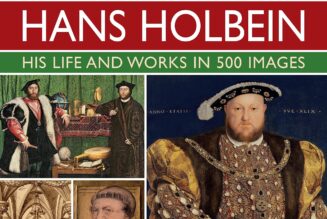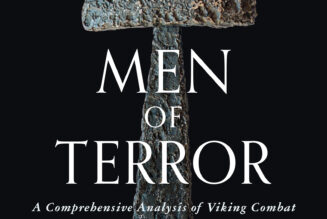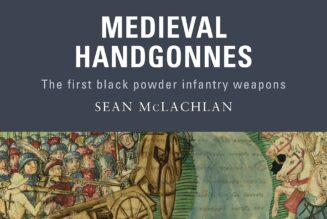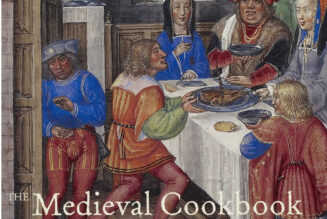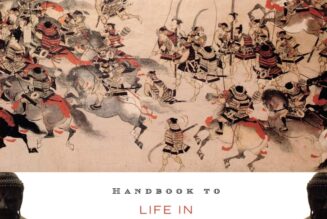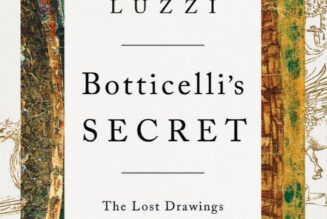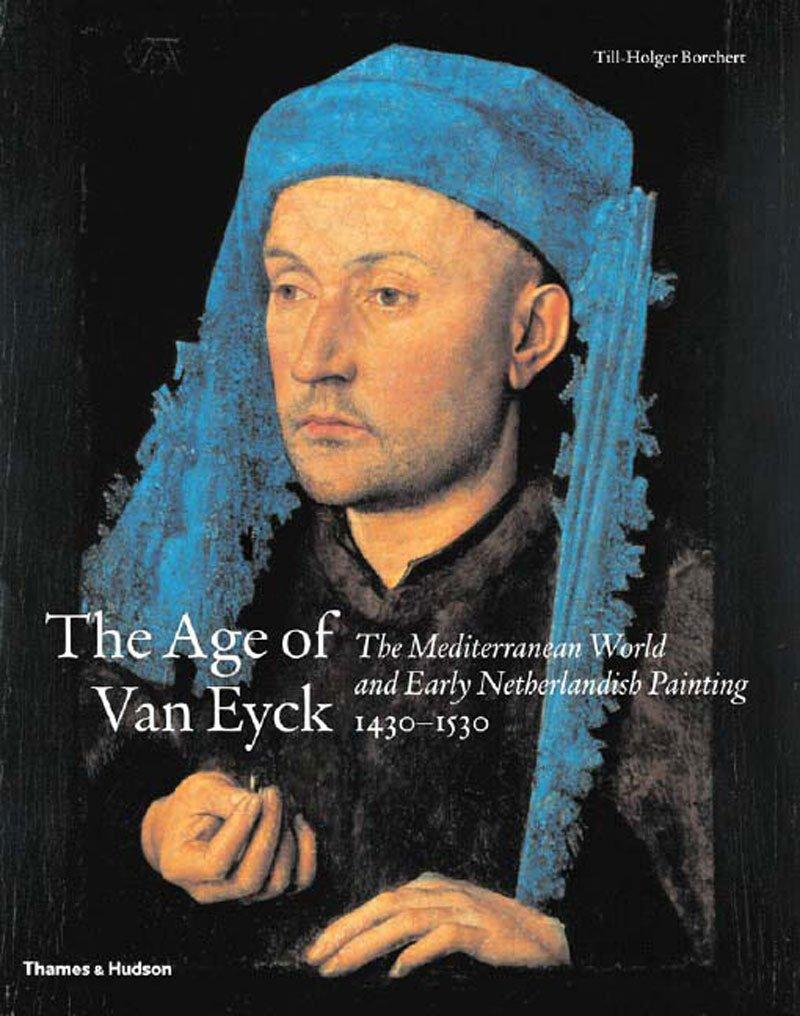
“The Age of Van Eyck: The Mediterranean World and Early Netherlandish Painting 1430-1530” by Till-Holger Borchert and Andreas Beyer.
The emergence of early Netherlandish painting and its dissemination throughout Europe took place during one of the most intriguing epochs in the history of Western Europe.
This age of transition from the late Middle Ages to early modern times was characterized by fundamental changes in economics, politics, religion, society, andin its broadest senseculture.
It is no coincidence that the art of Jan van Eyck, the Master of Flemalle, Rogier van der Weyden, Hugo van der Goes, Hans Memling, and Gerard David flowered in the period that saw the formation and expansion of a mighty Burgundian state in the prosperous provinces of the Netherlands and the neighboring regions. The ever-growing political significance of Burgundy was reflected by the success of Burgundian culture abroad. From the outset, members of the Italian, Spanish, and Portuguese business communities residing in Flanders, such as the Arnolfini and Portinari, took pride in commissioning works by Netherlandish painters that were eagerly sought after by the princes and urban entrepreneurs of their homelands.
The Sforza of Milan sent their court painter to Bugatto to train with Rogier van der Weyden; Alphonso V of Aragon ordered his painter Dalmau to travel to the Netherlands; and Isabella of Castile appointed Juan de Flandes alongside other Northerners as her court painter.
The presence of Netherlandish works of art in the South inspired Iberian, French, and Italian artists such as Jean Fouquet, Filippino Lippi, Antonello da Messina, Bartolome Bermejo, and Nuno Goncalves.
This book explores the complex artistic, cultural, socioeconomic, and political relationships between Burgundian Netherlands and the Mediterranean. It offers a lavishly illustrated panorama of the work of Jan van Eyck and his followers, and focuses on their share in the development of painting in southern France, Italy, Spain, and Portugal, reproducing many of the finest works of European Renaissance painting.

